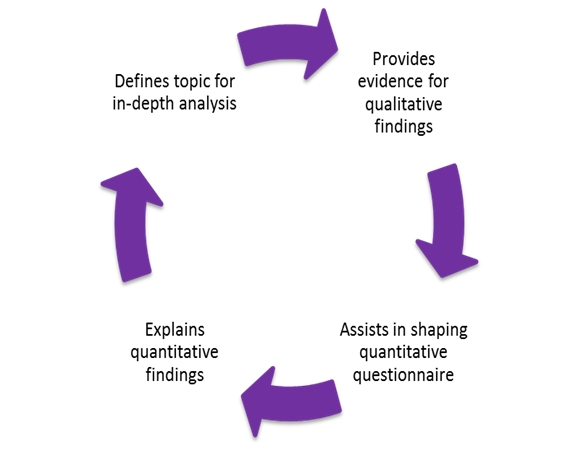 I am going to discuss the whys and wherefores of Quantitative research (this builds on my series of posts on digital research and follows on from my recent post on Qualitative research). Remember, quantitative and qualitative research methodologies are not in direct competition. Both have their merits, and your research objectives and scope should decide which to use.
I am going to discuss the whys and wherefores of Quantitative research (this builds on my series of posts on digital research and follows on from my recent post on Qualitative research). Remember, quantitative and qualitative research methodologies are not in direct competition. Both have their merits, and your research objectives and scope should decide which to use.
Quantitative research
Quantitative research is the collection of attitudes and opinions through counting
Data is usually collected through surveys (online, face-to-face, telephone) and much less frequently paper self-completion (postal return). Conducted properly it can give a valid projection of the views of an entire population or target group (within predictable margins of error). A common expression is that:
you don’t need to eat the whole cake to find out what it tastes like – you just need a sufficiently large ‘bite’ i.e. ‘a sample’
It tends to use very structured questionnaires with a range of question formats including:
- closed (pre-coded options),
- open (where text can be inserted),
- rating and scale formats including ranking, attitude banks and agree / disagree statements
When to use
 When you need statistical based evidence
When you need statistical based evidence
To measure levels of awareness, knowledge, behaviour and understanding
To measure strength of feeling
To find out if there is a consensus on a particular issue
Project results to the general population
Describe characteristics of relevant groups of people
Identify market segments
To compare differences across different parts of the research target
To help recommend a final course of action
Qualitative and Quantitative research?
Both methodologies can complement each other, when used together. Combining methodologies will generate statistical evidence and also illuminate the ‘why’ and ‘how’ beneath the number.
The diagram above demonstrates how quantitative and qualitative can be used together to define and assist each methodology. A hibrid approach will deliver a more rounded view.
If your budget doesn’t allow for a mixed methodology approach ensure you select an approach that best fits your research objectives. For example, don’t expect a long questionnaire will give you all the in-depth information you can get through qualitative research methods – it is more likely to bore the respondent and you will get diminishing returns!
As always your comments are most welcome.
Jim
This was prepared by Jim Law of Wild Heather Digital Research. WHDR uses the latest technology to deliver primary research insights to organisations. We offer online quantitative and online qualitative research services, including the development and use of panels and broad based consultation programmes in addition to online group discussions, depth interviews and online survey.

1 thought on “Quantitative research – when and why to use it?”